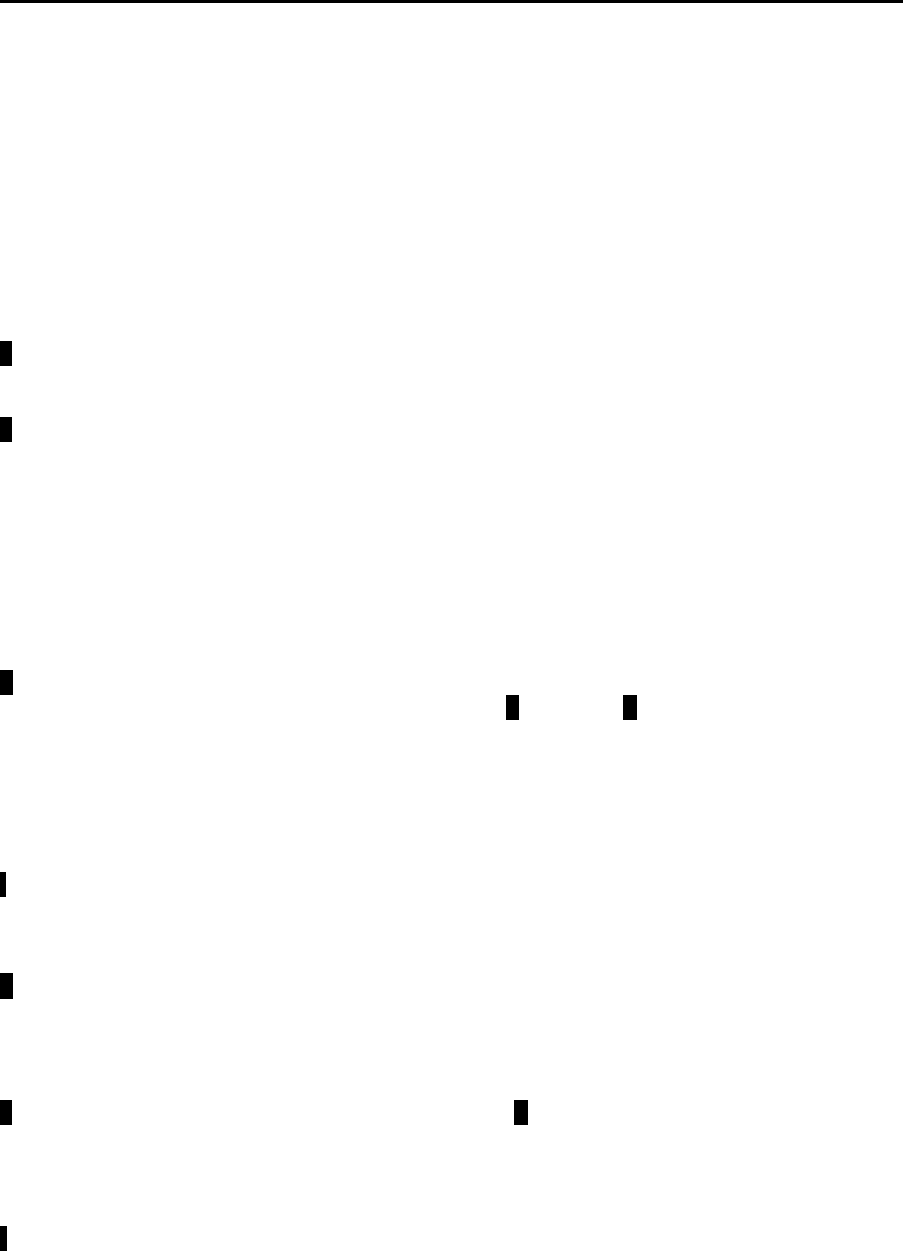
The Last Word 3.0 Reference Manual
5-32
& Reset heading levels. This character simply resets all heading
levels to their initial values of 1. Allows you to use more than one
sequence of headings in a document.
5.4.2 STAGE 2 COMMANDS
The following commands can appear anywhere on a line, even in headers and footers,
and affect individual lines of text or characters. Some take parameters, but most don't.
A handy way to enter these commands which saves pressing the inverse key two
times is to enter them in conjunction with <Select>.
# Print page number. Embed in header and footer lines to print the
current page number.
c Centre line. Following text on the line is centred. This command
can be used to centre header/footer text or any individual lines.
The centred line should end in a <Return>. This command need
not be first character on the line - you can have text blocked left,
centred and edged right all on the same line. NOTE: This
command is NOT that same as centre justify, which works on ALL
following text. If you centre or edge right individual lines in
paragraphs justified by the Stage 1 justify command, justification
will suppressed on that line.
d Toggle double strike on or off. Block any text you want printed in
boldface in <d> characters, i.e. dthis is boldd. This feature is set
up by the printer driver editor. Your printer may not support
boldface, however.
e Edge right. Forces subsequent text on the line up against the right
margin. See Centre Line.
i Toggle italics on or off. d
u Toggle underline on or off.
o<n> Output ASCII char. This outputs the ASCII code <n>. The
character is NOT counted as a printable character, so it won't
affect the formatting or word-wrap. Handy for sending any control
codes to the printer which aren't covered by the printer driver.
x<n> Send printable code. Works like output ASCII, but the character is
counted as printed matter by the formatter and appears on the
preview screen as a question mark. Handy for printing any
international characters not supported by the printer driver.
- Soft hyphen (dash). Insert in the middle of especially long words.
When these words won't fit onto a line during printing, the word
will be broken where the soft hyphen is embedded, and a hyphen
printed at the end of the line. If the word fits onto the line, no
hyphen is printed.
